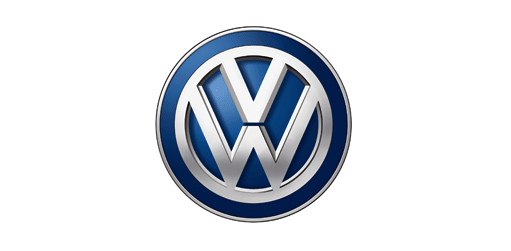Volkswagen was established in 1937 by the German Labour Front (Deutsche Arbeitsfront) in Berlin. In the early 1930s, cars were a luxury – most Germans could afford nothing more elaborate than a motorcycle and only one German out of 50 owned a car. Seeking a potential new market, some car makers began independent "people's car" projects – the Mercedes 170H, BMW 3/15, Adler AutoBahn, Steyr 55, and Hanomag 1.3L, among others.
The growing trend was not nascent; Béla Barényi, a pioneering automotive engineer, is credited as already having conceived the basic design during the mid-1920s. Josef Ganz developed the Standard Superior (going as far as advertising it as the "German Volkswagen"). In Germany, the company Hanomag mass-produced the 2/10 PS "Kommissbrot", a small, cheap rear-engined car, from 1925 to 1928. Also, in Czechoslovakia, the Hans Ledwinka designed Tatra T77, a very popular car amongst the German elite, was becoming smaller and more affordable at each revision. Ferdinand Porsche, a well-known designer for high-end vehicles and race cars, had been trying for years to get a manufacturer interested in a small car suitable for a family. He built a car named the "Volksauto" from the ground up in 1933, using many popular ideas and several of his own, putting together a car with an air-cooled rear engine, torsion bar suspension, and a "beetle" shape, the front bonnet rounded for better aerodynamics (necessary as it had a small engine).
VW logo during the 1930s, initials surrounded by a stylised cogwheel and a spinning propeller that looked like a Hakenkreuz (Hooked Cross)
In 1934, with many of the above projects still in development or early stages of production, Adolf Hitler became involved, ordering the production of a basic vehicle capable of transporting two adults and three children at 100 km/h (62 mph). He wanted a car every German family would be able to afford. The "People's Car" would be available through a savings plan at 990 ℛℳ (US$396 in 1938)—about the price of a small motorcycle (the average income being around 32 ℛℳ a week).

